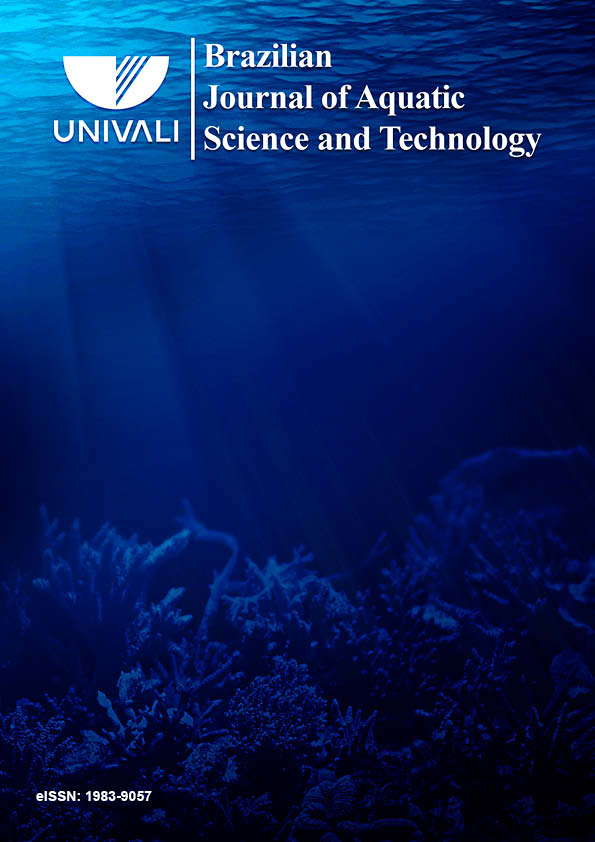A survey of the eutrophication state of an urbanized tropical estuary, the case of the Great Vitória Estuarine System, Brazil.
Data de publicação: 06/09/2016

Although, estuarine ecosystems have an ecological and economical importance as they have a high biological productivity and occur within a unique and dynamic environment, they have been subjected to anthropogenic alterations. The Great Vitória Estuarine System (GVES), Espírito Santo State, Brazil, is not an exception, as urbanization is growing around it with a high quantity of sewage been added to the system. In order to evaluate the eutrophication state as well as the meiofauna response to it, several parameters in both sediments and in the water column were assessed. Orthophosphate, nitrite, nitrate, ammonia, chla and Fecal Coliform counts (FC) ranged from 0.2 to 3.2 μM, 0.25 to 1.14 μM, 1.83 to 0.19μM, 4.19 to 49.23 μM, 0.61 to 6.72 μg/L and 14 to 5.0x104 MPN/100 mL of water, respectively. These results showed that the GVES is under an eutrophication process and that the Passagem Channel experienced the largest impacts. Sewage plays an important role in this eutrophication process as indicated by PCA and correlations tests. The density of meiofauna showed similar values to those found in environments with similar levels of anthropogenic stress. This multi-approach evaluation revealed several aspects of the impacted estuary and could be used as an important tool to manage better the estuary.









